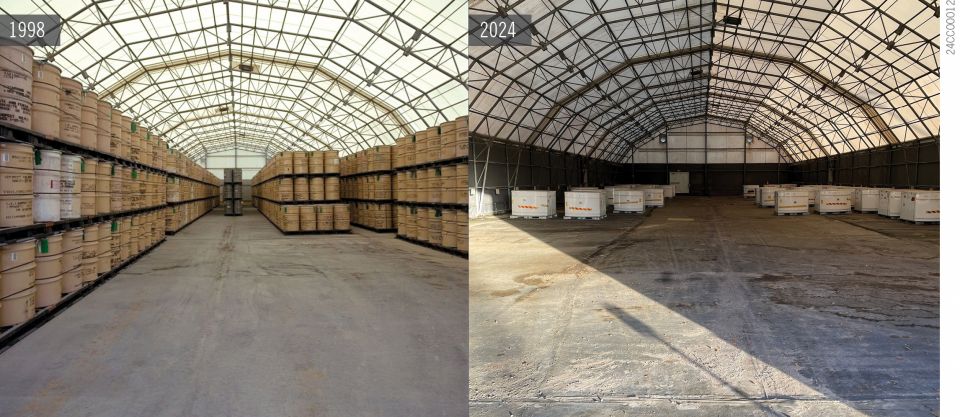ANS Winter Meeting: Space—the next nuclear frontier
Put nuclear technology in space or on the moon, and just as on Earth it can provide a power density unmatched by any other source. But what roles can nuclear power and propulsion play as the world enters a 21st-century space race? That was a key question put to six speakers during the November 14 American Nuclear Society Winter Meeting plenary session “Space: The (Next) Nuclear Frontier.”






